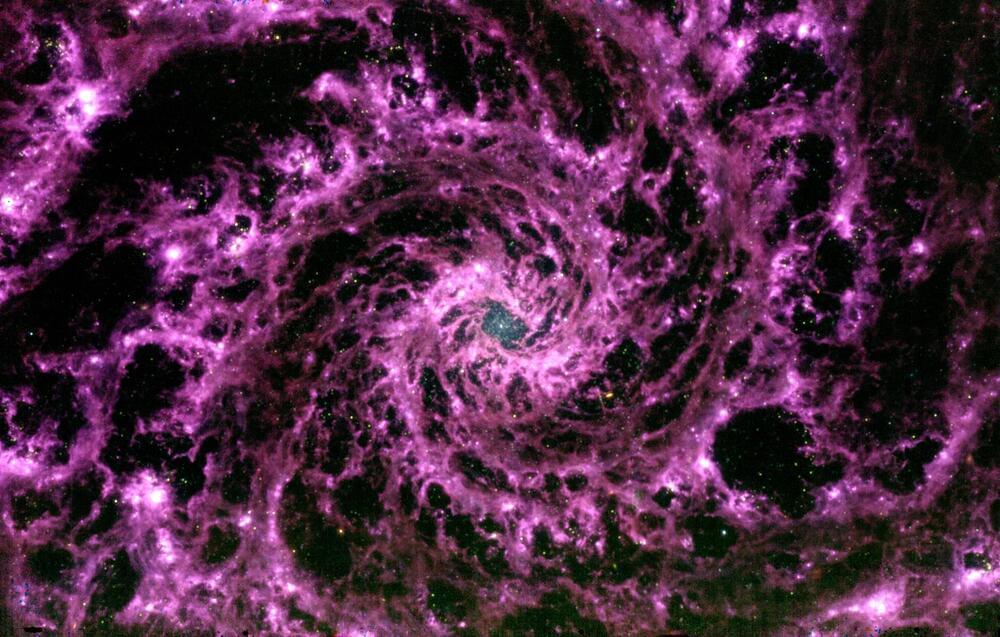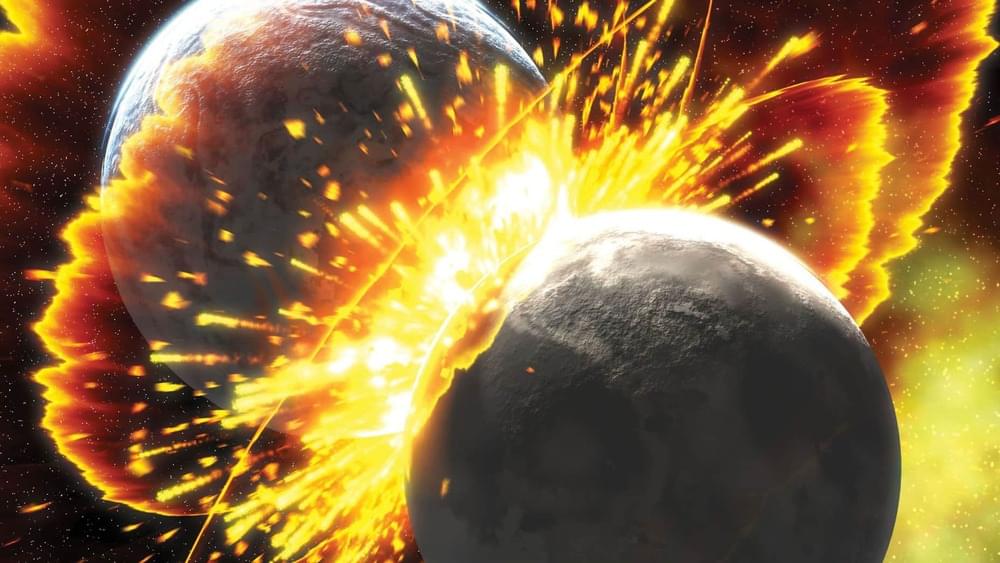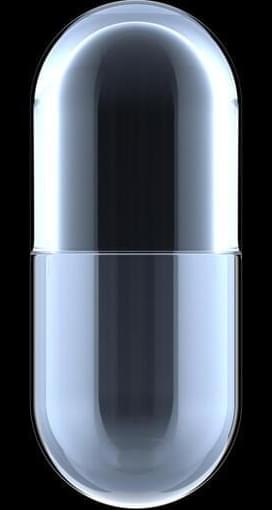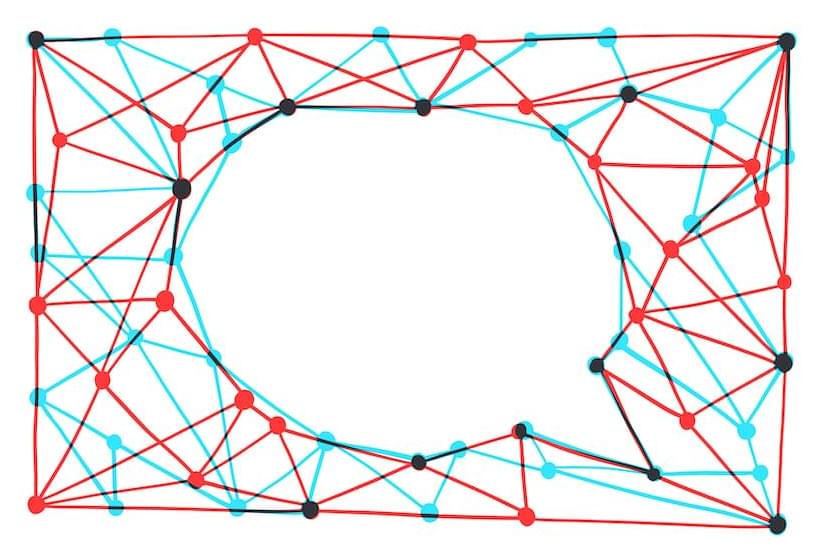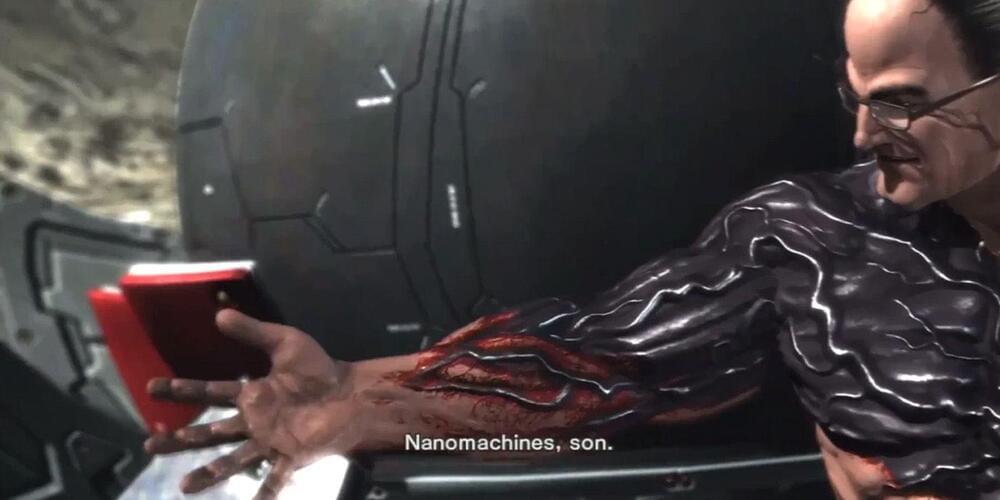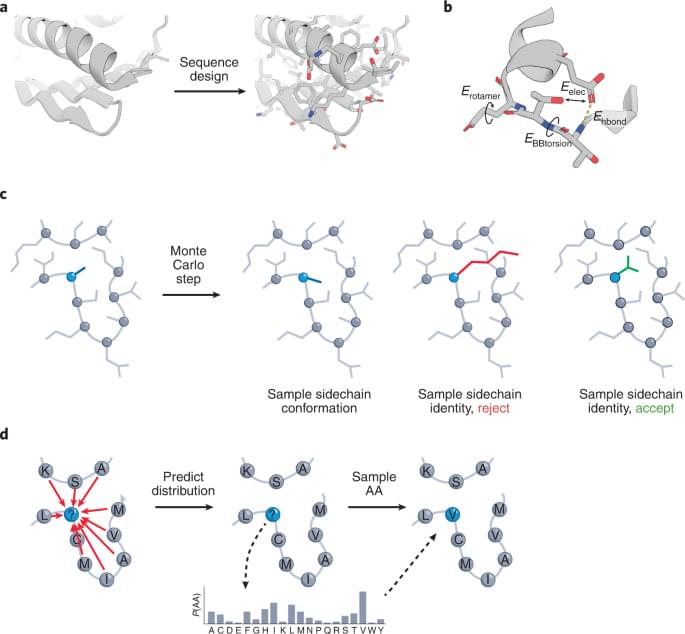Jul 24, 2022
Western Japan’s Sakurajima volcano erupts —weather agency
Posted by Genevieve Klien in category: climatology
A volcano on Japan’s western major island of Kyushu, called Sakurajima, erupted at about 8:05 p.m. (1105 GMT) on Sunday, the Japanese Meteorological Agency (JMA) said, but media said there were no immediate reports of damage.
There were reports of volcanic stones raining down at a distance of 2.5 km (1.5 miles) from the volcano, NHK public television said. The eruption alert level has been raised to 5, the highest, with some areas advised to evacuate, NHK said. Sakurajima is one of Japan’s most active volcanoes and eruptions of varying levels are frequent. In 2019 it spewed ash 5.5 km (3.4 miles) high.

